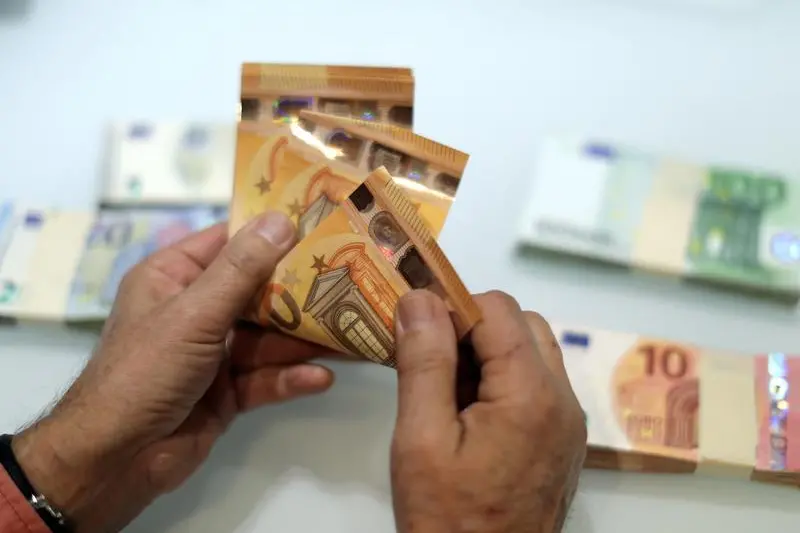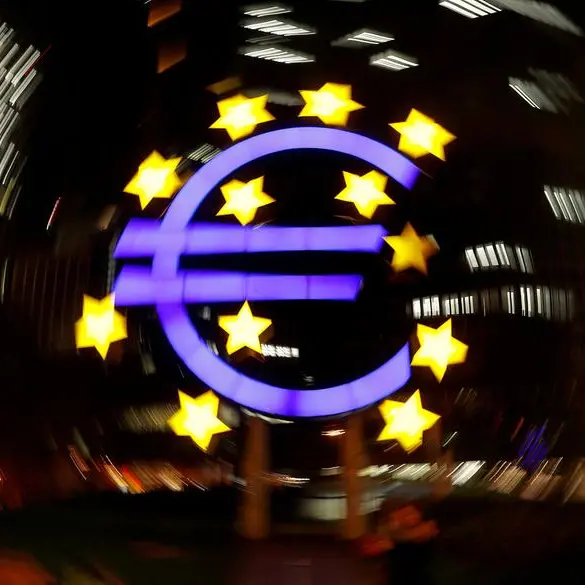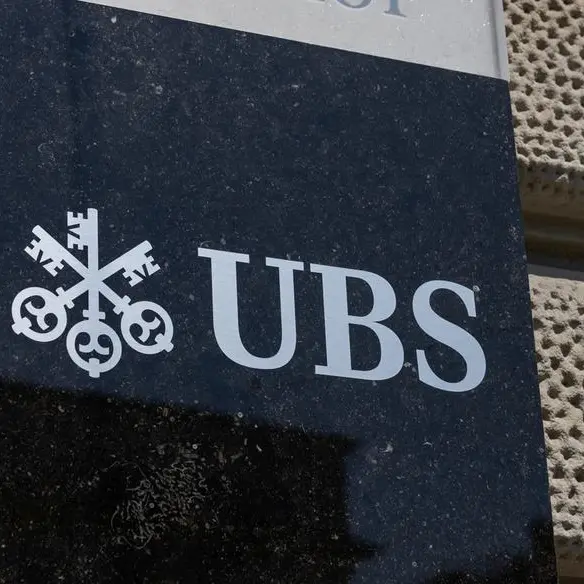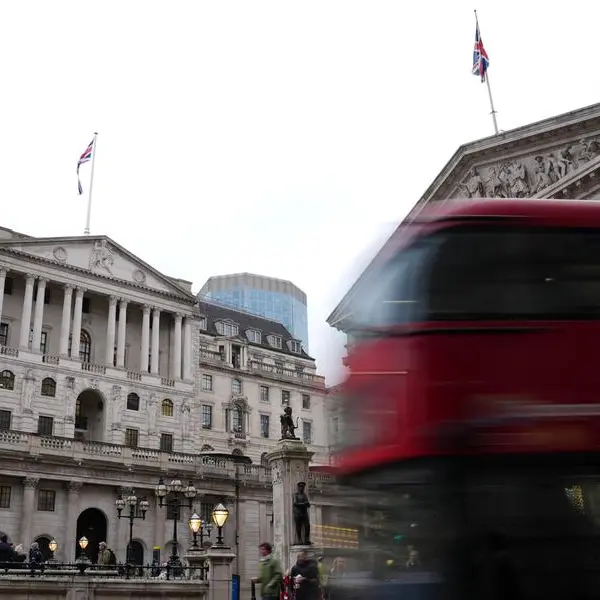PHOTO
Euro zone government bond yields fell on Wednesday, shrugging off a reminder from a European Central Bank policymaker that rates still have further to rise, although trade was muted ahead of German and U.S. 10-year debt auctions.
A sale of new 10-year German bunds was in the offing later on Wednesday, the first major auction of what will be a monster year for euro zone government debt supply. The U.S. Treasury, meanwhile, auctions 10-year notes and it is this sale that could serve as a key gauge of investor appetite, analysts said.
"Central banks 'sticking to their (inflation management) knitting’ doesn’t seem to scare bonds any more. Supply does though," ING strategists led by Padraig Garvey said in a note.
"Even if it's quiet for euro sovereigns today, pay more attention than usual to the U.S. 10-year auction outcome. The recent flow into money market funds questions the demand for duration. The U.S. 10-year auction will test that," they said.
Duration is measured in years and refers to how long the holder of a bond must wait for coupon payments and the return of the principal. The higher the duration, the longer the bondholder must wait for repayment.
In a rising rate environment, bond investors tend to reduce the duration of their portfolios. The longer the duration, the higher the losses if rates rise.
Yields on German 10-year bunds eased 5 basis points (bps) to 2.254%, while those on the two-year Schatz - the most sensitive to expectations for interest rates and inflation - dropped 3 bps to 2.624%.
Bund yields rose by almost 3 full percentage points in 2022, their biggest annual rise since at least the mid-1950s.
Europe's energy crisis, which has unfolded while governments were still battling to contain the economic damage from the COVID-19 pandemic, is one of the drivers of this year's record wave of new bond issuance.
The Bundesbank brings 5 billion euros worth of new 10-year Bunds to market. The paper will carry a coupon of 2.3%. The current benchmark, which matures in August 2032, carries a coupon of 1.7%.
The results will be released at 0930 GMT on Wednesday
Germany alone intends to issue a record 539 billion euros worth of debt this year, with 274 billion of that total to come from auctions of conventional federal securities.
The ECB, which will also gradually sell off its vast holding of euro zone government bonds this year to tighten financial conditions, has telegraphed its intention to keep raising interest rates to contain runaway inflation, and bond yields have risen sharply as a result.
At a central banking conference in Stockholm on Tuesday, ECB board member Isabel Schnabel, who was discussing green bond issuance and the energy transition, indicated rates had further to go from the current 2.0%, given that inflation is still running at 9.7%.
"We judge that interest rates will still have to rise significantly at a steady pace to reach levels that are sufficiently restrictive to ensure a timely return of inflation to our 2% medium-term target," she said.
The ECB is forecasting a gradual decline in inflation but only approaching its 2% target within three years.
ECB governing council member Mario Centeno took a less aggressive stance on Tuesday and said the current process of interest rate increases is approaching its end.
Elsewhere, yields on 10-year Italian BTPs fell 5 bps to 4.17%, while two-year yields fell 1 bp to 3.12%.
The Italian Treasury attracted nearly 30 billion euros in demand in its first bond syndication of the year on Tuesday. The gap between Italian and German 10-year debt is now around 190 bps, its narrowest in almost a month, thanks to the outperformance of BTPs so far in January relative to Bunds.
Beyond the euro zone, investors are awaiting U.S. consumer inflation data for December, which is due on Thursday, and could offer a steer on how quickly U.S. rates are likely to peak. (Reporting by Amanda Cooper; Editing by Toby Chopra)





















